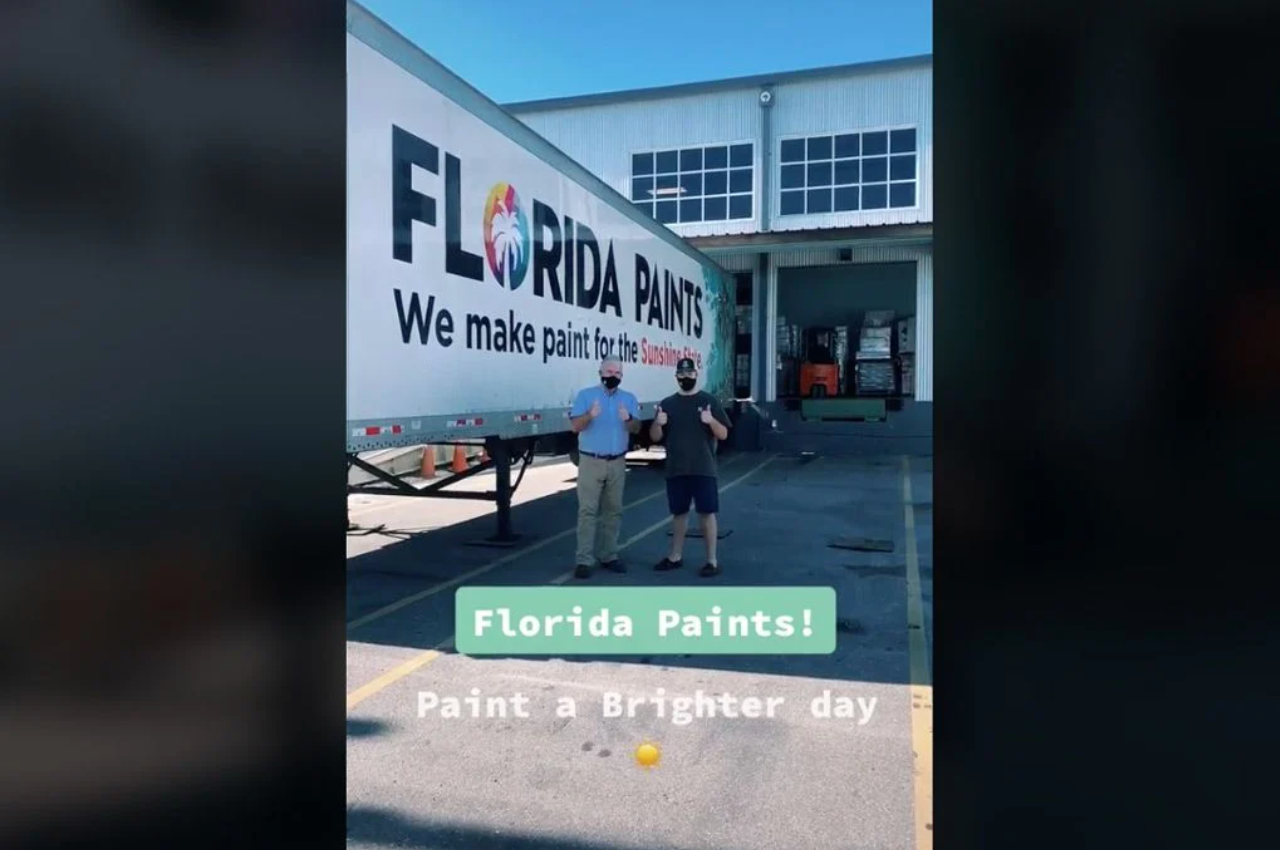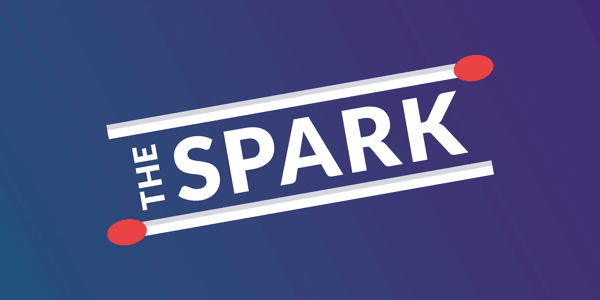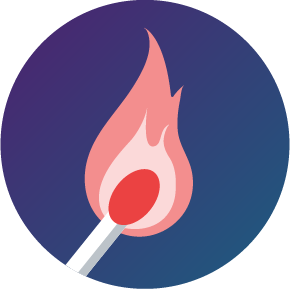#SoLastMonthNow that you’re used to the new Instagram home screen layout, it’s time to talk about an update that doesn’t require retraining your thumb. Instagram low-key upgraded its in-app search engine, enabling users to search specific keywords in addition to hashtags, profiles, and locations.
Not only does this mean #reallylonghardtoread hashtags may become obsolete (let’s hope), but the expanded search functionality makes it easier for users to discover your content in more places. (No longer limited to #extensive #hashtag #use.)
Per the ‘Gram, keyword searches are limited to general interest topics within community guidelines. So, while your super-niche keyword might be better as a hashtag, more general topic inclusion in your captions may do the trick. Start building out a keyword doc to reference as you plan out your 2021 IG content strategy, then test, test again, and adjust as you go. They say practice makes perfect, and who knows — maybe you’ll find that the native hashtags will reign supreme?
TL;DR: Instagram’s expanded search functionality lets users search for general topics and keywords — include keywords in your captions to broaden post reach and increase brand awareness.
H(1)oly CowWhen it comes to Google’s ever-changing algorithms, digital marketers often receive pretty vague answers about how they can improve rankings. So today, you’re in luck: We’re sharing our Cliff Notes version of what you should know about H1 (plus H2, 3, and so on) tags.
Though Google has said the order of H-tags within a page doesn’t matter and an H1 doesn’t actually carry more weight than an H2 or even H6, this is where logic comes in. Heading tags should act as an outline for your content, providing a basic structure that can be understood by readers and bots alike. These tags signal to Google information about on-page text or images. While stuffing an H-tag with keywords won’t ensure you rank for those words, using them strategically within a heading can give Google’s bots a better understanding of your content and who may want to read it.
In short, heading tags aren’t necessary to rank well, but they are a useful tool. They structure your pages and help Google know the purpose of your content. And in a competitive search landscape, thoughtfully used heading tags could be the SEO element that gives your page an edge over the rest.
TL;DR: H1 and subsequent heading tags aren’t necessary to rank in Google — but they can structure your content and help Google better understand for which topics and keywords you are trying to rank.
Cyber EverydayIt’s been all Black Friday, Cyber Monday talk as of late, and the eCommerce conversation isn’t over yet. Social media platforms and eCommerce are becoming one and the same, and we see the line between the two continuing to blur in 2021. Our prediction? TikTok, Facebook, Instagram, and Snapchat will lead the charge as the platforms continue to focus on the rise of digital shopping.
Take this, for example: Zuck’s baby and his step-child, Instagram, launched Shops this year to connect more businesses with Facebook's massive user base. Establishing the two platforms as significant shopping destinations is an added bonus (move over, Tanger Outlets). Add in Instagram’s shopping-focused redesign plus updates, like Guides and FAQs, meant to help businesses market and sell products. It’s clear that “social” is no longer the priority of social media.
It’s relatively safe to assume that as each major platform rolls out more eCommerce capabilities, the rest will follow suit and that blurred line will soon become obsolete. Now, we know that eCommerce doesn’t scream B2B, but as we’ve seen with social media, the possibilities are boundless. It’s an excellent time to explore different ways your brand could take advantage of the fusion between the two digital realms. Remember, it’s about targeting the right audience with the right offer at the right time — B2B or B2C.
TL;DR: As eCommerce and social media platforms become one and the same, it’s a perfect time to explore how your B2B brand can take advantage of the fusion.
What Lit Us Up
Florida Paints: 1, Sherwin-Williams: 0Unique content featuring your products, authentic customer connections, and millions of views on social media: That’s what Sherwin-Williams gave away when it decided to fire an employee for his paint-themed TikToks featuring the brand’s products.
College student Tony Piloseno (a.k.a. @tonesterpaints) was fired by Sherwin-Williams after his paint mixing TikToks went viral. But the employee of three years had already gained a following through his seemingly mundane yet surprisingly soothing content — and his fans weren’t pleased. One Buzzfeed article later, and Piloseno received offers from just about every paint company known to man, from Behr to Benjamin Moore. He decided on Florida Paints, an independent company that granted a lab to develop his own line of paints.
When every business is looking for ways to boost brand awareness without breaking the bank, Sherwin-Williams has given digital marketers an example of what *not* to do. TikTok can be one of the more complicated platforms for brands. The name of the game is authenticity, and the humor can be niche — two tricky factors for marketing departments to juggle. And as some brands actively encourage employees to seek TikTok stardom, Sherwin-Williams threw away an opportunity many would kill for in the crowded social media landscape. Let this be a lesson for PR pros and digital marketers alike: When your brand rides a wave of TikTok virality, be an Ocean Spray, not a Sherwin-Williams.
TL;DR: Sherwin-Williams’ recent TikTok-based PR snafu is a lesson for brands to not dismiss the power of virality on the video sharing app. (Was this email forwarded to you? Sign up here.)
|
-1.png?upscale=true&width=346&upscale=true&name=Tier%20One%20logo_color%20(1)-1.png)


